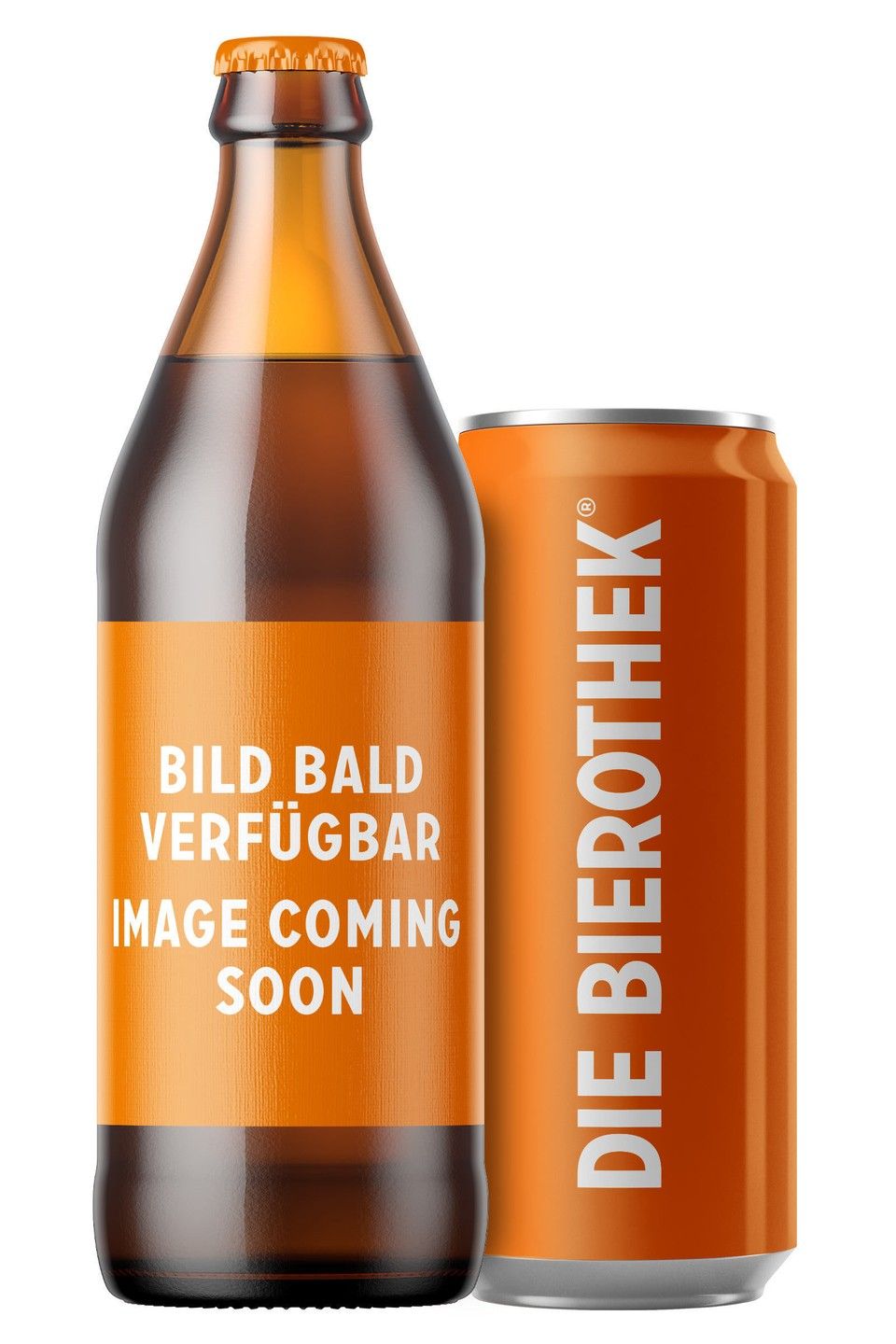
hansebock
Notify me
Enter your email address here to be informed once as soon as the article is available again.
Although Bock beer is nowadays mainly associated with the south of Germany and Franconia, it is assumed that it originated in Einbeck in Lower Saxony. In 1240, the citizens of the former Hanseatic city were granted the right to brew beer through the town charter granted at that time. As part of the Hanseatic League, Einbeck was involved in lively trade and the merchants did not want to go without their beer even far from home. In order to ensure that the top-fermented brews remained drinkable on the trade routes for as long as possible, the original wort content was increased and brews with a high alcohol content and a powerful body were created. At the same time, strong beer was also brewed in the monasteries to keep up their strength during Lent. The name Bock beer came later: until the middle of the 16th century, the Wittelsbachs got their beer from Einbeck, then the Hofbräuhaus was founded and the Einbeck brewmaster Elias Pichler was hired to brew the strong beer in Munich from then on. The Munich vernacular coined the term Bock beer.
The Hamburg brewery Barbarossa I Am continues this centuries-old tradition with its Hansebock. Its version brings a powerful 8.0% alcohol content to the glass and has been refined by storing it in white wine barrels and adding orange peel and black pepper. The beer tastes fresh and fruity, spicy, delicately woody, has a slight kick of pepper and is bottled in large and small bottles .
- Content
-
0,75 Liter Bottle
- Brauerei
-
 Barbarossa i am
Barbarossa i am
- Bierothek® ID
- 10458005
- EAN
- 4262425020018
- Weight
- 0.74kg(1.39kg with packaging)
- Deposit
- € 0.25
- LMIV
- Responsible food business operator (EU)
Grainli GmbH & Co KG, Ballindamm 4-5, 20095
Hamburg Deutschland(DE)
- Beer region
- Deutschland
- Beer style
- barrel-aged beers , bock beers , fruit
- Food recommendation
- Starter: Bruschetta
Main course: Roast lamb
Dessert: Tiramisu - Alcohol content
- 8 % vol
- Ingrediants
Black pepper, orange peel, water, barley malt , wheat malt , hops, yeast, gluten
